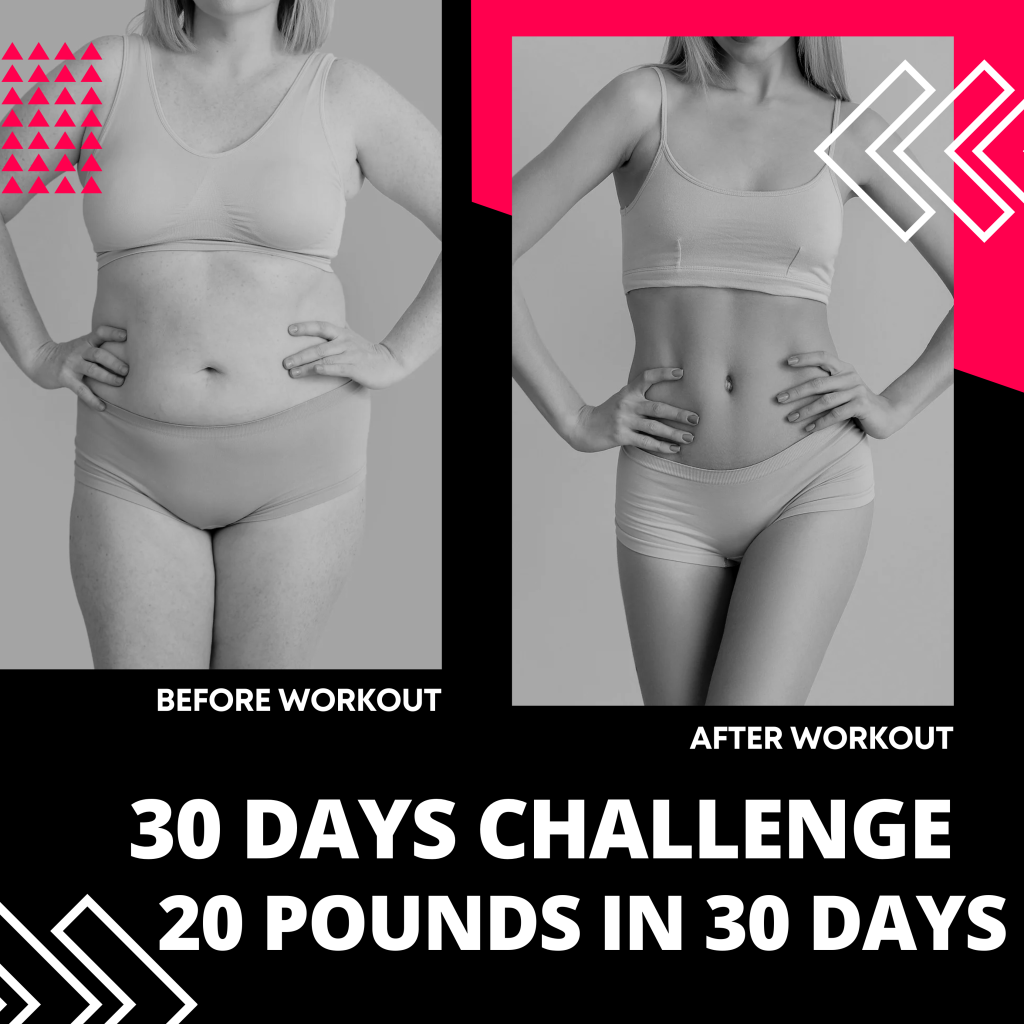

If you’ve been keeping up with the latest trends in health and wellness, you’ve probably heard of the ketogenic diet, commonly referred to as the keto diet. This high-fat, low-carb diet has gained popularity in recent years, with many people touting its benefits for weight loss, improved energy levels, and overall health.
So, what exactly is the keto diet, and how does it work? Here’s a comprehensive guide to Keto 101, everything you need to know about this popular low-carb diet.
What is the Keto Diet?
The ketogenic diet is a low-carb, high-fat diet that involves drastically reducing your carbohydrate intake and replacing it with healthy fats. By cutting down on carbohydrates, your body enters a metabolic state called ketosis, where it burns fat for fuel instead of glucose.
In a typical keto diet, your macronutrient breakdown is as follows:
– 70-75% of your calories come from fats
– 20-25% of your calories come from protein
– 5-10% of your calories come from carbs
Foods to Eat on the Keto Diet
When following a keto diet, it’s important to focus on consuming high-quality, whole foods that are low in carbs and high in healthy fats. Some of the foods you can enjoy on a keto diet include:
– Fatty fish (salmon, sardines, mackerel)
– Avocado
– Nuts and seeds
– Olive oil
– Coconut oil
– Butter and ghee
– Eggs
– Low-carb vegetables (spinach, broccoli, cauliflower)
Foods to Avoid on the Keto Diet
To stay in ketosis, it’s important to avoid high-carb foods that can spike your blood sugar levels. Some foods to steer clear of on the keto diet include:
– Sugar
– Grains (wheat, rice, oats)
– Starchy vegetables (potatoes, sweet potatoes)
– Fruits high in sugar (bananas, grapes, mangoes)
– Processed foods
– Sugary beverages
Benefits of the Keto Diet
The keto diet has been associated with a wide range of health benefits, including:
– Weight loss: By reducing carb intake and increasing fat consumption, many people experience significant weight loss on the keto diet.
– Improved energy levels: By relying on fat for fuel instead of glucose, some people report increased energy levels and mental clarity on the keto diet.
– Better blood sugar control: The keto diet can help stabilize blood sugar levels and improve insulin sensitivity, making it a beneficial option for those with type 2 diabetes.
Potential Downsides of the Keto Diet
While the keto diet has its benefits, it’s not without its potential downsides. Some people may experience side effects such as:
– Keto flu: When transitioning to a ketogenic diet, some people may experience symptoms like fatigue, headaches, and irritability, commonly referred to as keto flu.
– Nutrient deficiencies: Because the keto diet restricts certain food groups, it’s important to ensure you’re getting all the essential nutrients your body needs through supplementation or careful meal planning.
– Sustainability: The keto diet can be challenging to maintain long-term, as it requires strict adherence to low carb intake.
In conclusion, the keto diet can be a powerful tool for weight loss and improved health when done correctly. By focusing on whole, nutrient-dense foods and monitoring your macronutrient intake, you can reap the many benefits of the ketogenic diet. As always, it’s essential to consult with a healthcare provider before making any significant changes to your diet.






